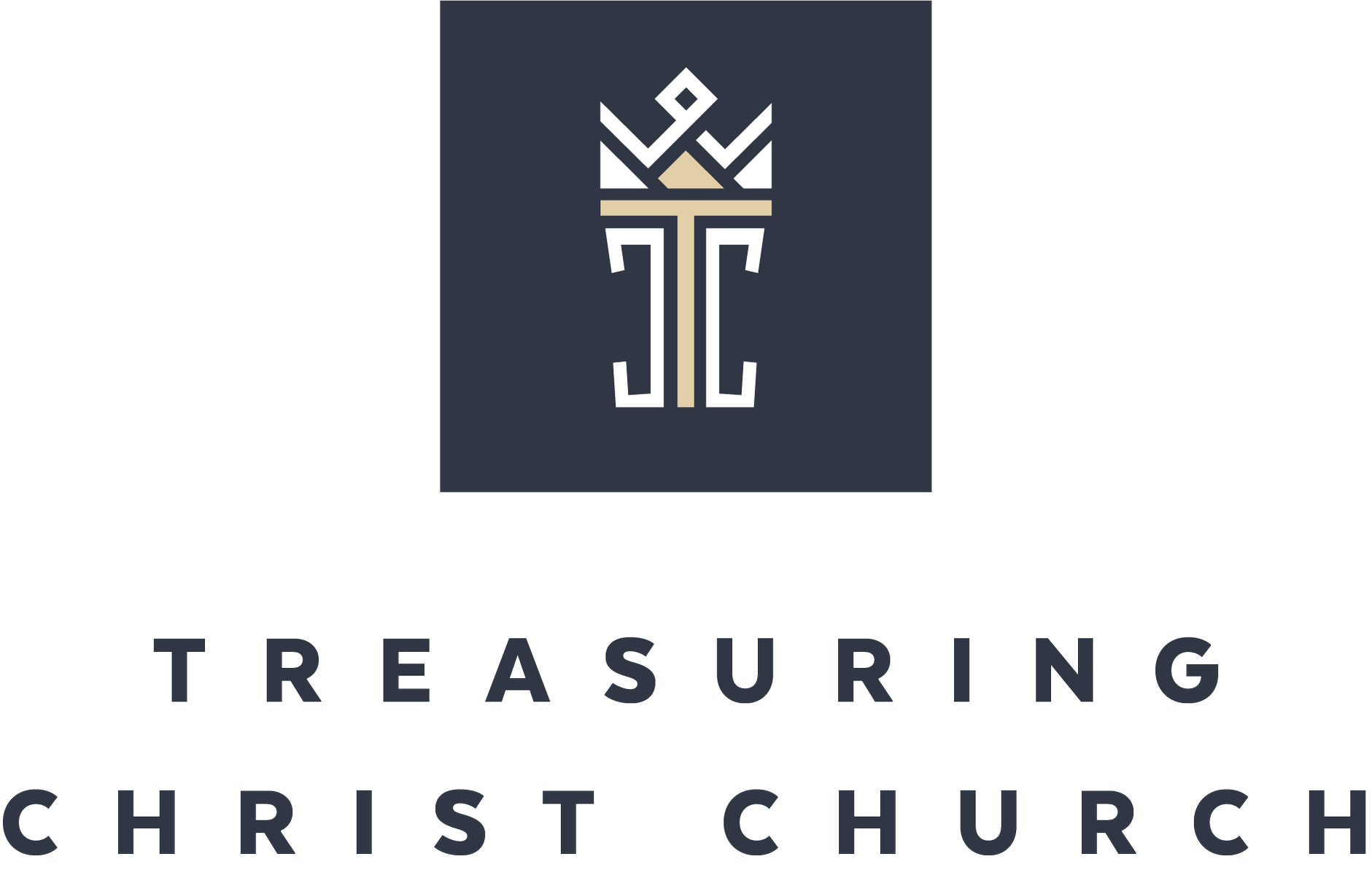Helpful Resources on Evangelism
Thus far in our series, we’ve considered why and how we evangelize. To conclude our series, we’re going to look at one specific framework for sharing the gospel, then I’ll provide links to a variety of other frameworks.
Have you ever found yourself with an opportunity to share the gospel, but not known what to say? We believe the gospel — but when opportunities to share come, sometimes we feel unprepared.
In situations like these, we tend to make one of two mistakes: either we fail to fully communicate the gospel and call our listeners to repentance, or we ramble and lose our listeners’ attention.
We need to be clear and concise in our presentations of the gospel.
Certainly, we should not lean on our own efforts for this — behind our evangelism should be a lifestyle of prayer. Let’s not forget, however, the value of faithful preparation.
To share the gospel succinctly, it often helps to both practice and have a framework in mind. One simple framework can be remembered by four words: God, man, Christ, response.
God
God exists eternally as three Persons: the Father, the Son, and the Holy Spirit. God is all-powerful and perfectly good. In His justice, God punishes wrongdoing.
Man
Mankind was created by God to worship Him, but disobeyed Him. Each one of us has disobeyed our Creator’s commands and incurred His punishment.
Christ
The eternal Son became a man. Jesus, fully God and fully man, lived a sinless life and died to take the punishment deserved by sinful people. He rose from the dead and will come again to judge the world.
Response
To be saved from God’s punishment, you must repent and believe in Christ. This involves faith in who God is, a change of heart toward God and toward sin, and a reliance upon Christ’s death and resurrection — not upon your own works — for salvation.
Of course, there is more that can be said, but I think this is a helpful framework to have in mind. Remembering four words can help us concisely communicate core truths of the gospel.
Listed below are additional frameworks you may find helpful to use when sharing the gospel. Included with each framework is a brief description and a link to a video to see it in action. Feel free to bookmark this page for future reference.
Romans Road
This concise method presents the gospel by walking through five verses in the book of Romans.
See it in action: https://www.youtube.com/watch?v=d3L8VXjhTcw
The Way of the Master
Popularized by Ray Comfort, this method uses God’s law to show people their need for a Savior, then presents the good news.
See it in action: https://youtu.be/JMRbQpHY4L0?t=312s
The Bridge
This simple illustration helps visual learners see how Christ bridges the chasm between mankind and God.
See it in action: https://youtu.be/7gr0xXfR3L8
Bad News/Good News
This method addresses the just punishment for sin, and how people can be reconciled to God.
See it in action: https://www.youtube.com/watch?v=Xdo7Ukrlbpg
Two Ways to Live
This approach presents two ways to respond to Christ’s finished work on the cross.
See it in action: https://www.youtube.com/watch?v=kbcvuu8lCFg
Three Circles
This visual method shows that the gospel is the only solution to humanity’s brokenness.
See it in action: https://youtu.be/xCGutlKfHTQ
Four Spiritual Laws
This approach uses four symbols to share the gospel and prompt listeners to a response.
See it in action: https://www.youtube.com/watch?v=sAg3wv2PDQI
3-2-1
This method discusses the Trinity, the death that is found in Adam, and the life that is available in Christ.
See it in action: https://www.youtube.com/watch?v=ZnpU6nUHzRc
